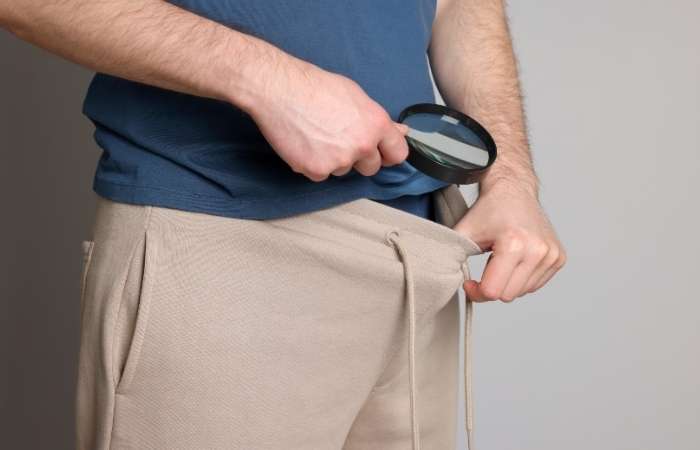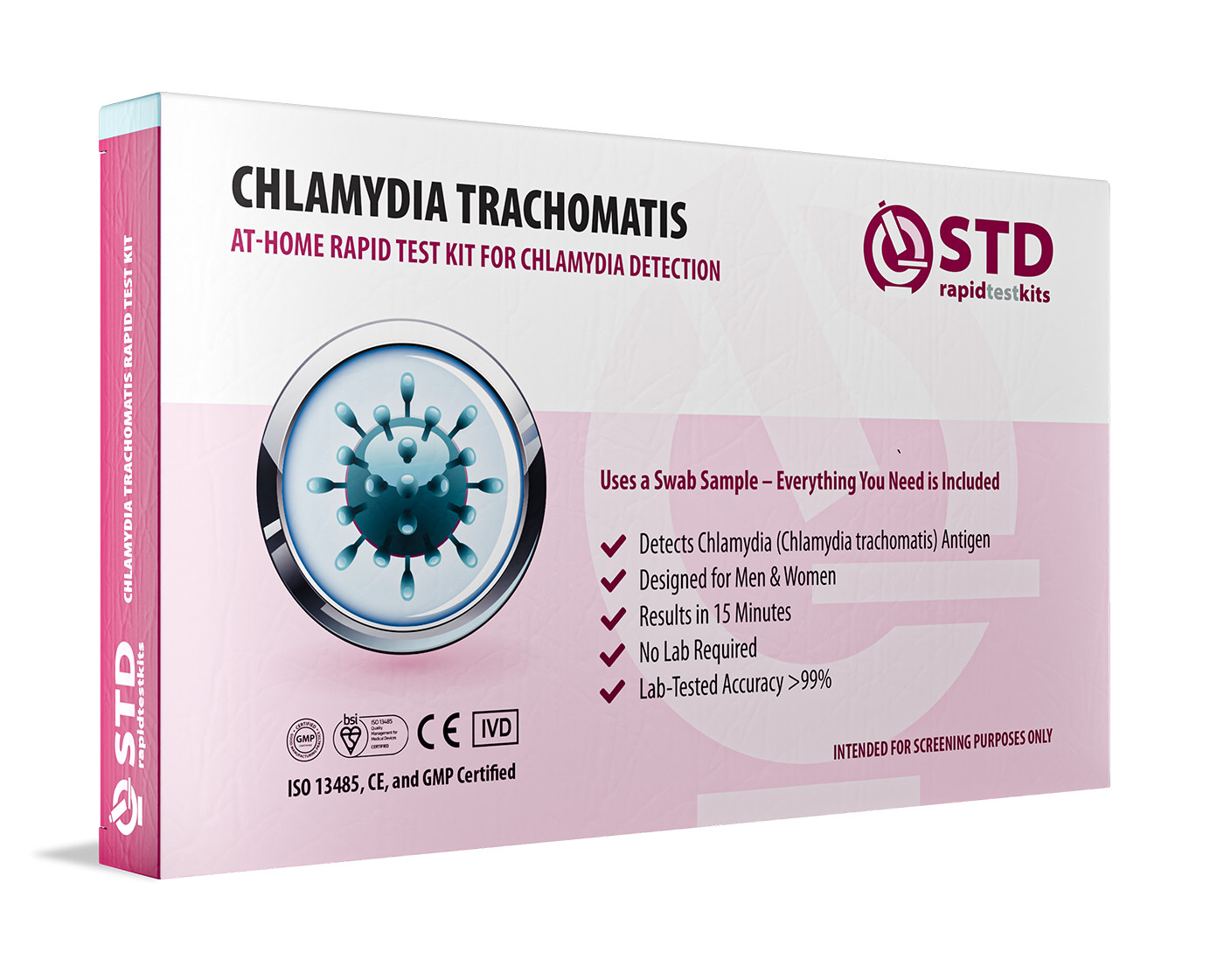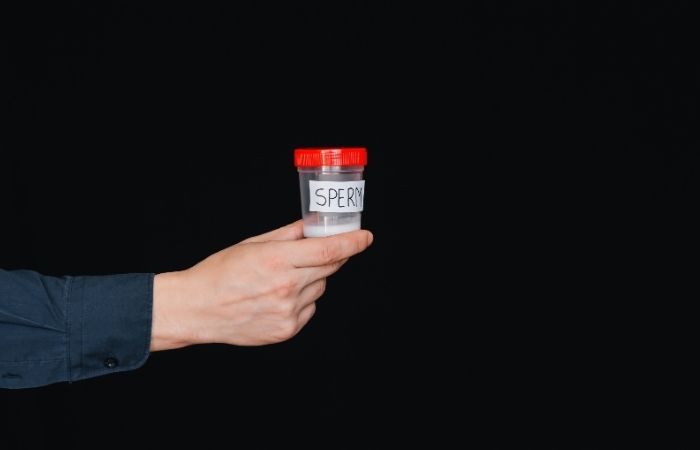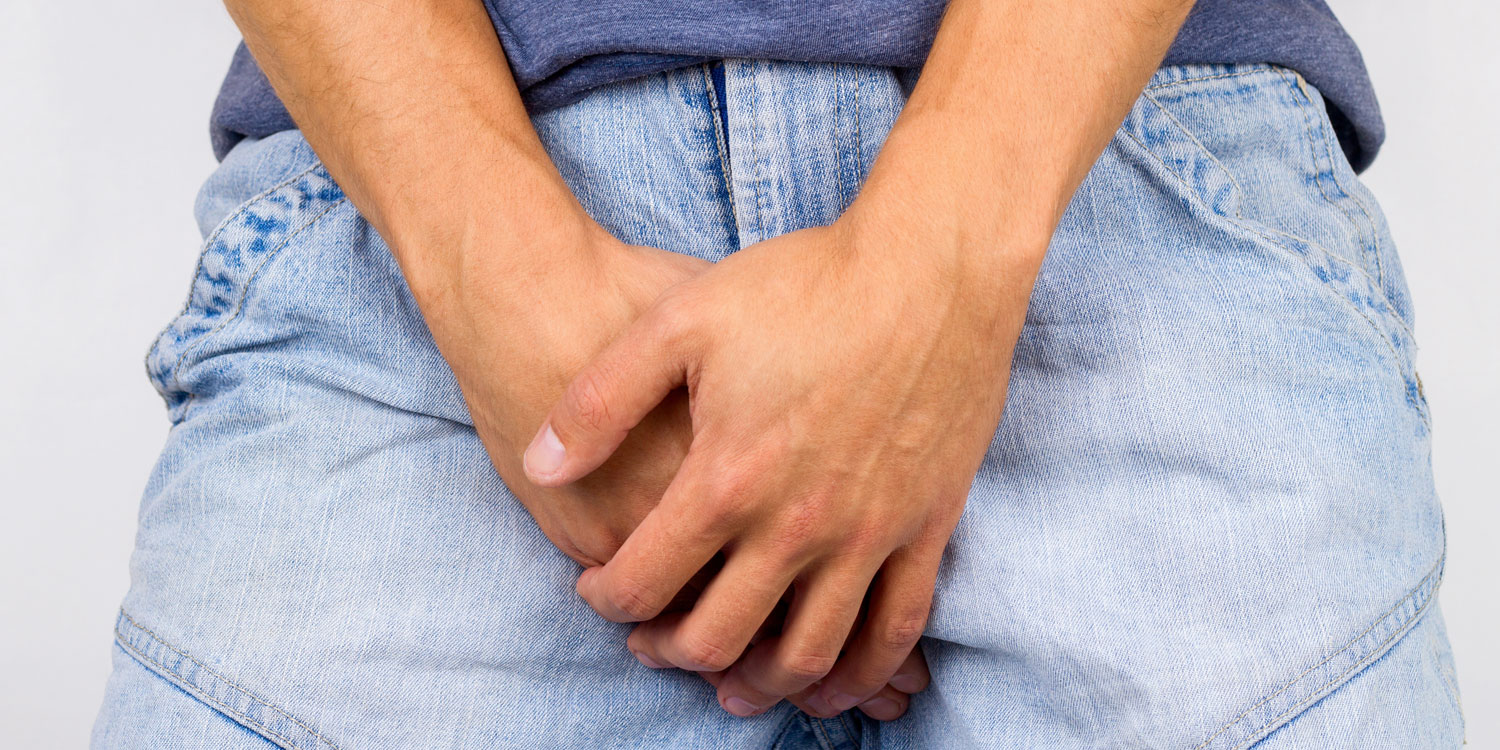What Exactly Is Chlamydia?
Chlamydia trachomatis is a stealthy bacterium that targets the mucous membranes of your urethra, rectum, or throat. The CDC estimates nearly 1 in 20 sexually active young men test positive every year, and global prevalence jumped 34 % over the last decade according to a 2025 meta-analysis in The Lancet Regional Health. Translation: it’s common, curable, and easily shared through vaginal, oral, or anal sex.

Other men are also reading: STDs in Men: Symptoms Most Guys Miss
Why Guys Often Miss the Signs
Up to 50 % of men never feel a thing, which is why “silent infection” headlines plague every public health poster. When symptoms do pop up, they can mimic a mild UTI or hangover dehydration, one reason dudes often delay a test. Dr Teodora Wi of the World Health Organization puts it bluntly:
“Low-cost point-of-care tests are our best shot at catching these infections before they steal fertility.”
Early Red-Flag Symptoms You Can’t Ignore
- Burning pee: A razor-blade sensation or sharp twinge right as urine hits the urethra.
- Penile discharge: Cloudy, white, or yellow penile discharge that stains boxers, often heaviest after sleep (“morning drip”).
- Itchy urethra: A crawling or tingling feeling inside the shaft.
- Odor shift: Fishy or musky scent that lingers even after a shower.
If any of these ring true, skip the guesswork and grab an at-home chlamydia test kit. It’s the same nucleic-acid amplification tech clinics use, minus the waiting room.
The Infamous “Morning Drip” Explained
Ever notice a crusty spot on your underwear at dawn? That’s because inflammation pushes discharge to the urethral opening overnight, then gravity does its thing when you stand. The fluid can be:
- Watery clear: Early infection or high hydration.
- Milky white: Mixed with urethral mucus.
- Thick yellow: Heavy bacterial load, time to test.
According to Healthline’s 2025 men’s symptom guide, color alone isn’t diagnostic, but paired with burning or pelvic ache it’s a flashing neon sign.
Pain & Swelling Down There, Meet Epididymitis
That dull, dragging ache in your balls might be epididymitis, an inflammation of the coiled tube that stores sperm. A 2024 meta-analysis on semen parameters found untreated chlamydia lowers sperm concentration and motility by up to 20 %. One researcher wrote, “Chronic prostatitis caused by Chlamydia is directly linked to altered sperm morphology”, a fertility wrecking ball you never see coming.
Check Your STD Status in Minutes
Test at Home with RemediumChlamydia Test Kit

 For Men & Women
For Men & Women Results in Minutes
Results in Minutes No Lab Needed
No Lab Needed Private & Discreet
Private & DiscreetOrder Now $33.99 $49.00
Rectal & Throat Chlamydia: The Hidden Hotspots
If you enjoy anal sex, giving or receiving, chlamydia can set up shop in the rectum without ever touching your penis. Symptoms are subtle: an itchy anus or rectal discharge, light bleeding, or nothing at all. A 2025 CDC surveillance brief found rectal infections in men who have sex with women doubled in five years, largely due to rimming and shared toys. Oral sex carries risk, too. A scratchy throat or swollen tonsil might be brushed off as allergies, but a routine NAAT throat swab can catch an oropharyngeal infection before it spreads to partners.
Testing Options: Urine, Swab, or Self-Kit?
Modern labs use nucleic-acid amplification (NAAT) to spot a single strand of bacterial DNA, so accuracy is >99 %. You have three routes:
- Clinic urine test: Pee in a cup, pay a visit, wait 3–7 days.
- Express clinic swab: Urethral, rectal, or throat swab taken by a nurse; results in 2–3 days.
- At-home kit: Collect at home, mail to the lab, 72-hour email results. Discreet packaging, no awkward eye contact.
Dr. Miguel Serrano, a urologist quoted in a 2025 JAMA commentary, notes,
“Home collection reduces the ‘I’ll get to it later’ procrastination that fuels ongoing transmission.”
Order, swipe, mail, done.
Treatment: The 2024 WHO Playbook
The WHO 2024 treatment guidelines moved doxycycline (100 mg twice daily for 7 days) ahead of single-dose azithromycin because of rising macrolide resistance. Still, azithromycin 1 g can be used when adherence is an issue. Key points:
- Don’t stop early: Finish the entire course even if symptoms vanish on day 2.
- Treat partners: Anyone you slept with in the last 60 days needs meds, too.
- Skip sex for 7 days: Yes, even oral. Bacteria can linger in pre-ejaculate.
- Retest at 3 months: Reinfection rates hit 20 % in young men, per the Planned Parenthood 2025 fact sheet.
Long-Term Complications & Male Fertility
Ignore the drip long enough and Chlamydia trachomatis can creep into the prostate and epididymis. A November 2024 meta-analysis on semen parameters reported:
- ↓20 % sperm concentration
- ↓26 % progressive motility
- ↑ abnormal morphology
The researchers concluded untreated chlamydia “creates a hostile inflammatory milieu for spermatogenesis.” Translation: your future family plans could be on the line. Another 2025 murine study in Andrology showed early doxycycline reversed most fertility damage within six weeks, timely treatment matters.

Other men are also reading: How Chlamydia Affects Men and Women Differently (and What to Do)
How to Prevent Reinfection & Protect Partners
STI prevention isn’t just condoms and crossed fingers. Level up with these strategies:
- Barrier basics: Condoms and dental dams cut transmission by 50–80 %, but only if they cover the action for the entire session.
- Fast retesting: Schedule another at-home kit or clinic visit 3 months post-treatment.
- Communication scripts: “I tested positive for chlamydia. It’s common and treatable, could you get checked?” Keep it short, factual, guilt-free.
- Update your toys: Wash silicone toys with antibacterial soap or boil them; use fresh condoms on shared toys.
Remember, reinfection after treatment is more common than initial infection.
Pregnancy Isn’t Just Her Problem: How Your Untreated Chlamydia Can Harm a Future Baby
Your partner’s positive pregnancy test is supposed to be champagne-worthy news. But if you’re unknowingly carrying Chlamydia trachomatis, you can pass the bacterium to her cervix, raising the odds of premature rupture of membranes and newborn conjunctivitis. A 2024 cohort study in Obstetrics & Gynecology reported a 60 % higher odds of low-birth-weight infants among couples where the male partner was untreated. “Men are an overlooked reservoir,” the authors warned. Do the right thing: test, treat, retest, before you shop for onesies.
The Head Game: Shame, Ghosting, and STI Anxiety
Whether it’s locker-room jokes or toxic masculinity, many men ghost their own health when an STI shows up. Clinical psychologist Dr. Brianna Lee told Men’s Health (Jan 2025), “Avoidance is a trauma response; anonymity in testing interrupts that cycle.” Translation: the less hassle you make testing, the more likely you’ll actually do it. Keep a discreet kit on standby so fear never outruns facts.
Talk Scripts: Telling Hookups, Partners, and Exes
Need words? Borrow these no-drama templates:
- Recent Match: “Hey, quick health heads-up. I tested positive for chlamydia. It’s common and curable, but you should test, too.”
- Long-Term Partner: “The doctor found chlamydia in my urine sample. We’ll both need antibiotics and a retest in three months. Want me to set up your kit?”
- Embarrassed Ex: “Not blaming anyone, but my results came back positive for chlamydia. Please get checked so you stay healthy.”
Notice the pattern? Short, factual, no finger-pointing, then offer a solution, like shipping them an at-home STD test kits.
Check Your STD Status in Minutes
Test at Home with Remedium3-in-1 STD Test Kit

 For Men & Women
For Men & Women Results in Minutes
Results in Minutes No Lab Needed
No Lab Needed Private & Discreet
Private & DiscreetOrder Now $69.00 $147.00
For all 3 tests
Your 5-Point Action Plan (Print or Screenshot)
- Test today: Urine or self-swab kit.
- Treat immediately: Doxycycline 100 mg twice daily × 7 days (ask your clinician).
- Notify partners: Use the talk scripts above.
- Retest at 3 months: Order a second kit now, future you will thank you.
- Stock condoms & dams: Prevention beats another antibiotic course.
Ready? Swipe, Collect, Mail, Done.
FAQ
1. Does chlamydia always cause symptoms in men?
No, about half of infections stay silent, which is why routine testing matters.
2. How soon after sex can I test?
Most NAAT tests detect chlamydia reliably 7 days post-exposure.
3. Will antibiotics hurt my gut?
Doxycycline rarely causes severe gut issues; take it with food and a probiotic.
4. Can I work out during treatment?
Yes, but avoid sexual activity until you finish antibiotics and symptoms clear.
5. Do condoms fully prevent chlamydia?
They cut risk dramatically but don’t protect areas condoms don’t cover.
6. Is a home test as accurate as a clinic test?
Yes, both use the same NAAT technology; labs just differ in location.
7. Can chlamydia turn into gonorrhea?
No, different bacteria, but coinfection is common, so dual testing is wise.
8. Will insurance cover at-home kits?
Many FSA/HSA plans reimburse OTC STI kits, check your provider.
9. How long before fertility rebounds after treatment?
Studies show sperm quality can normalize within 3–6 months if treated early.
10. Should I tell future partners once cured?
Honesty builds trust; disclose past infections if the conversation turns to sexual health history.
Take Charge of Your Health
A burning urethra, a yellow drip, a dull testicular ache, none of these make great small talk, but pretending they’re not happening won’t save your fertility. Chlamydia is common, curable, and totally beatable in a single antibiotic cycle, if you catch it. So listen to your body, leverage discreet testing, and keep the conversation (and protection) flowing. Your future self, your partners, and maybe even your future kids will thank you.
Sources
1. Centers for Disease Control and Prevention – Chlamydia Fact Sheet (2025)
2. World Health Organization STI Testing Guidance (2023)
3. WHO Chlamydia Treatment Guidelines (2024)










